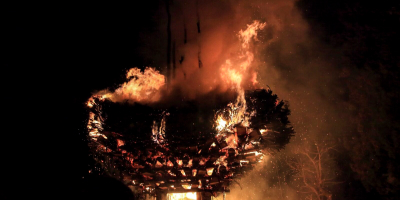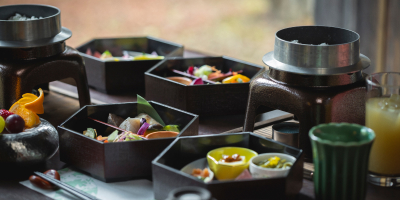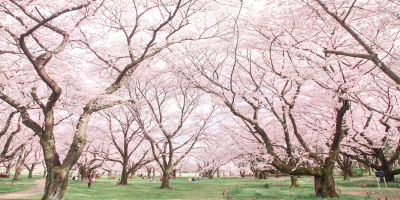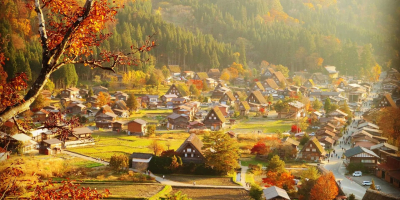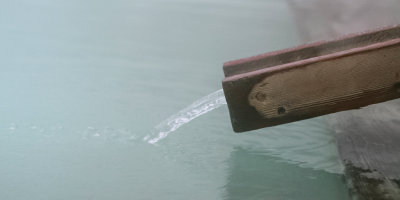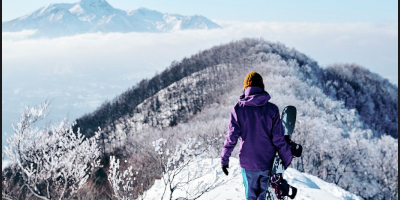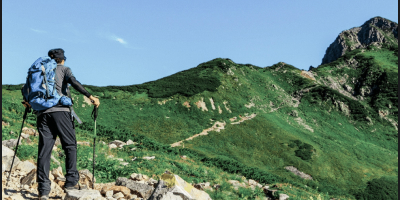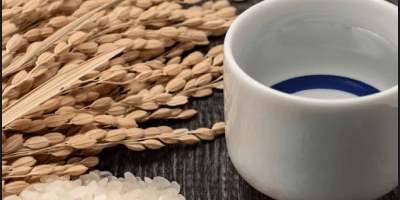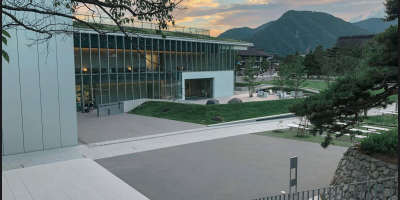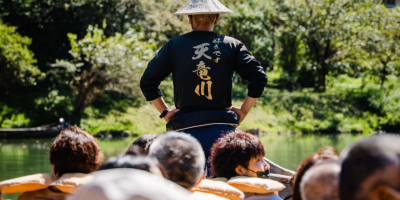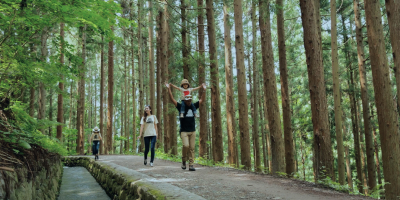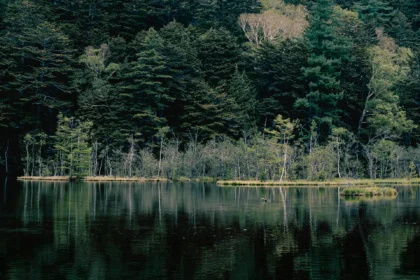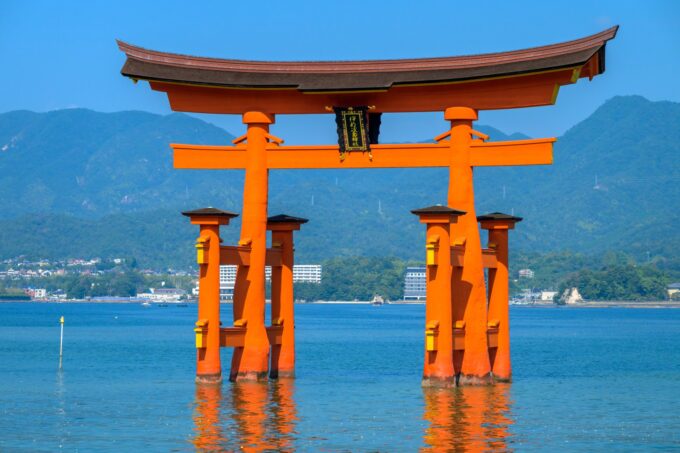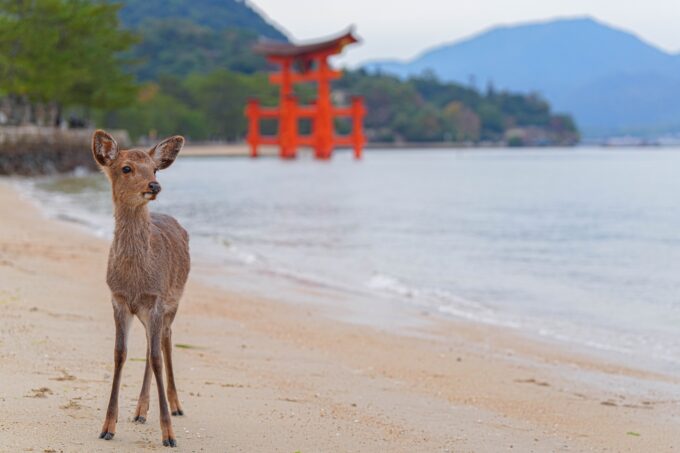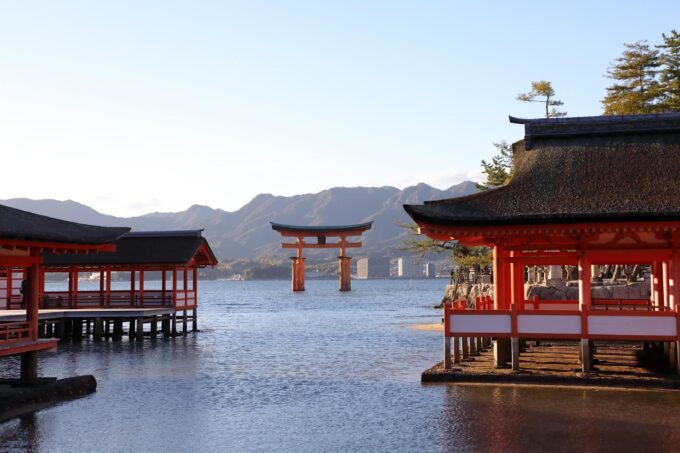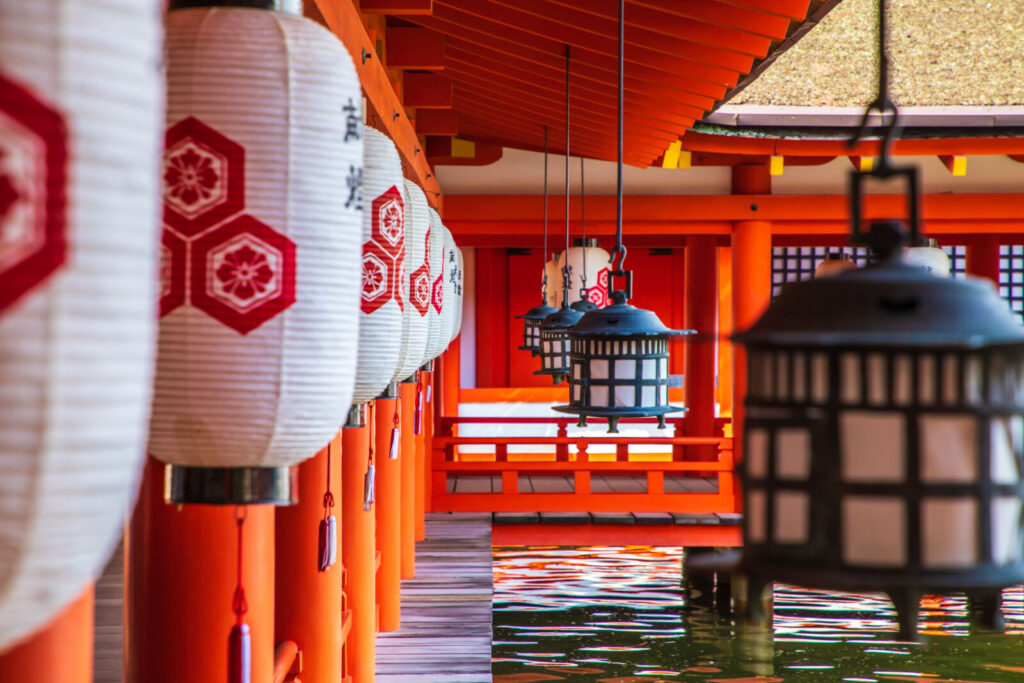
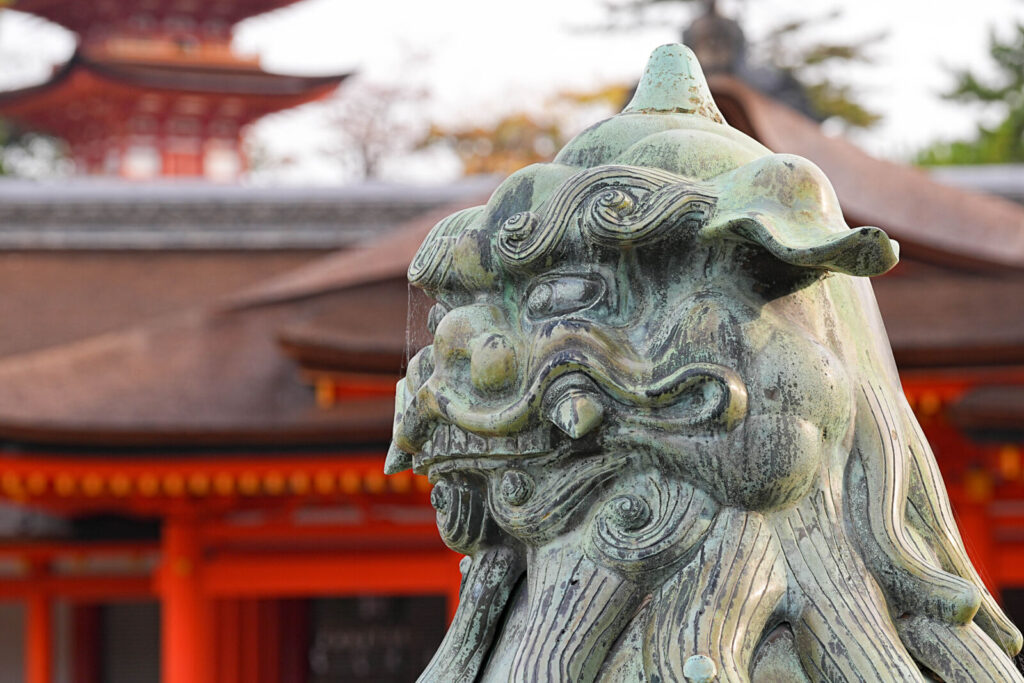
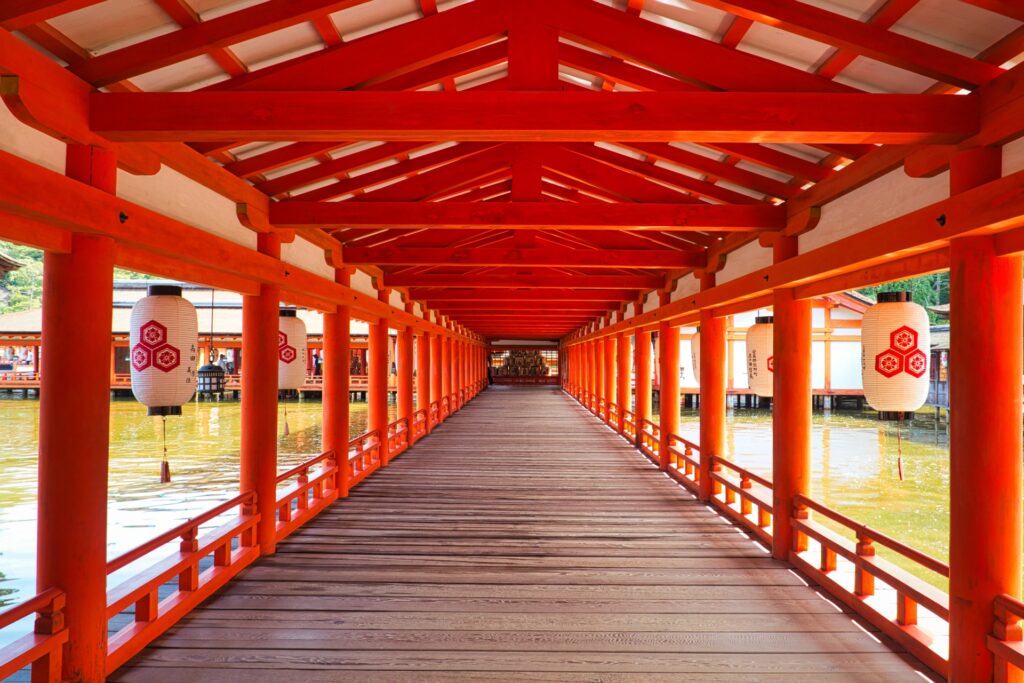
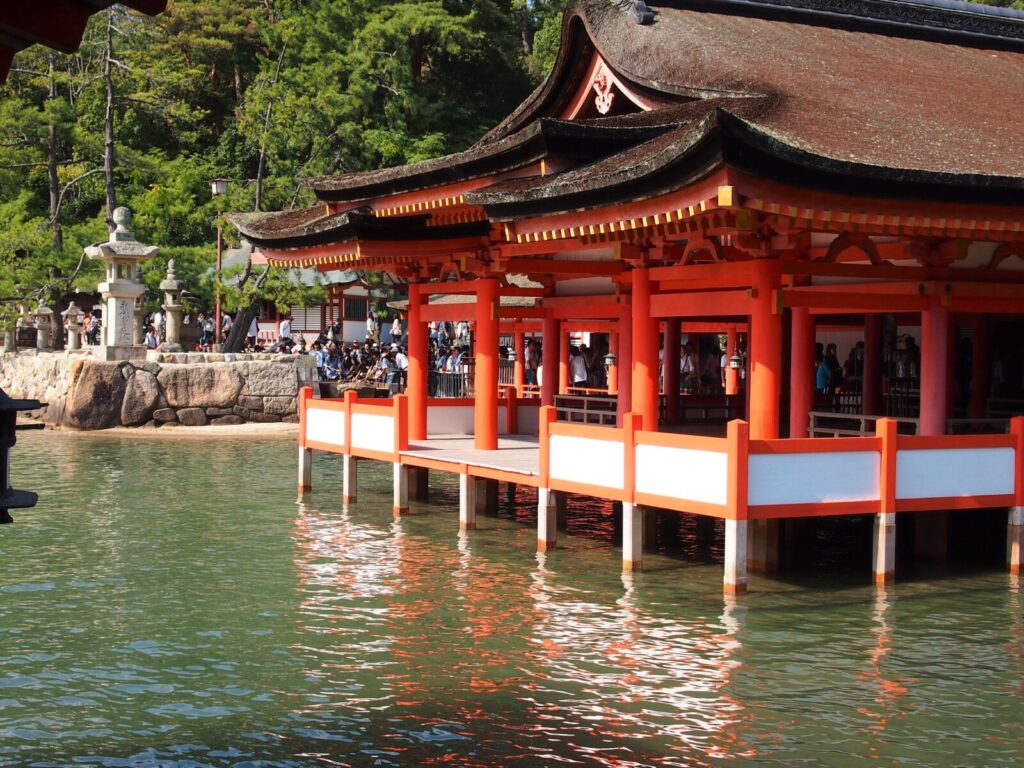
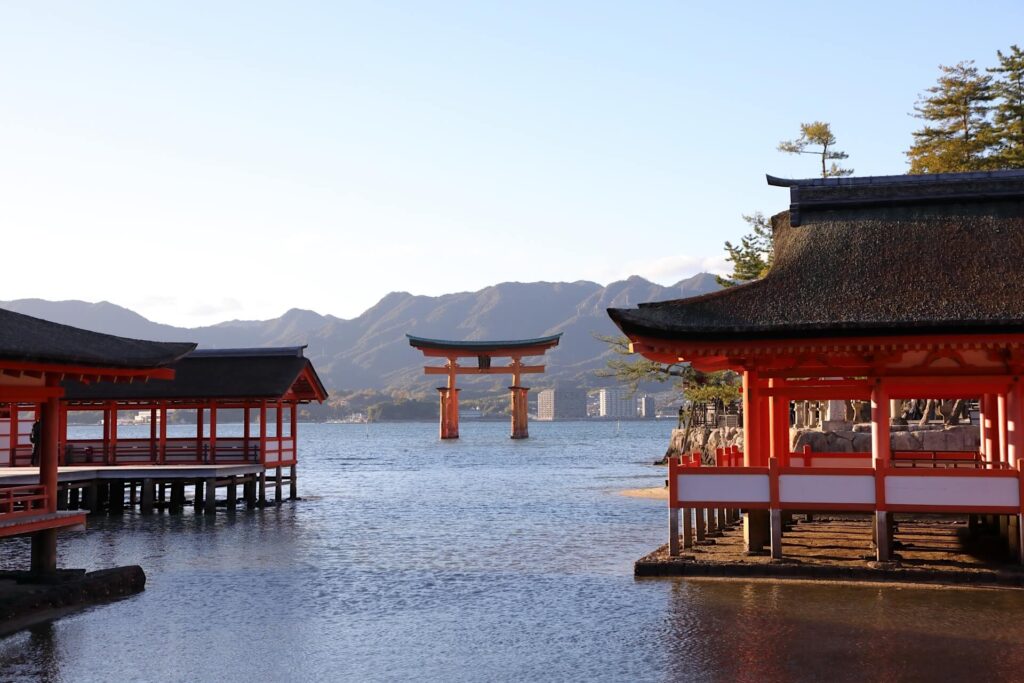
Itsukushima Shrine is a Shinto shrine, with Shinto being Japan’s native religion. The shrine can be visited at any point throughout the year, as it remains open even during national holidays. Inside Itsukushima Shrine it is possible to get omikuji (fortune), purchase omamori (amulets), and obtain goshuin (handwritten temple stamp). Throughout the year, special events and ceremonies allow guests to view unique sights and performances inside the shrine. Below, you can find more information about the shrine’s history, structure, and tours which include a visit to it.
-- Where is Itsukushima Shrine?
-- Tours Visiting Itsukushima Shrine
If you’ve already made up your mind about visiting this iconic location, then we highly recommend our 1-day Hiroshima and Miyajima tour. In it, you will stop by the main highlighted areas of both Hiroshima’s city center and the island of Miyajima. For more information, you can click the “View Details” button below.
WHERE IS ITSUKUSHIMA SHRINE?
Itsukushima Shrine is located on the island of Itsukushima, which is typically referred to as "Miyajima." This island is managed by the city of Hatsukaichi, which lies in the western part of Hiroshima Prefecture. The shrine is a 15-minute walk away from the Miyajima Ferry Terminal, which is the islands main access point.
HISTORY OF THE SHRINE
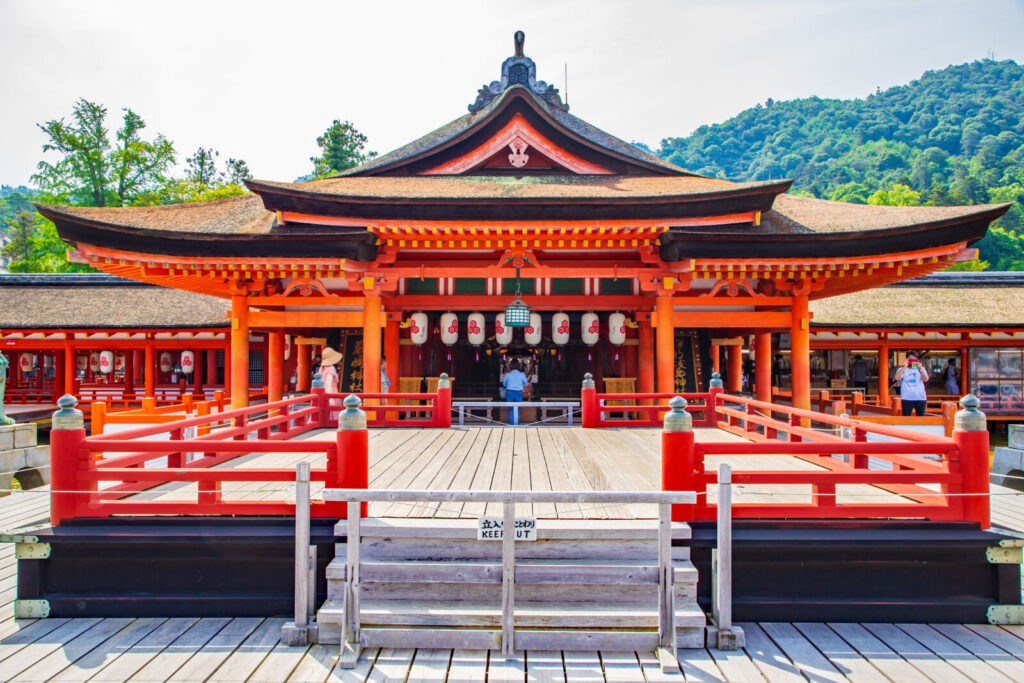
Itsukushima Shrine was founded in 593 by a man known as Saeki Kuramoto. At the time that it was built, the island was largely uninhabited. The shrine that we see today however, varies greatly in appearance from the one built in the 6th century. This change can be attributed to Taira no Kiyomori, a historic ruler of the Aki Province (current day Hiroshima). In 1168, he rebuilt Itsukushima Shrine in the shinden-zukuri style, a Japanese architectural style used for residences during the Heian period. He was also responsible for adding the shrine’s emblematic “floating” O-torii gate.
Under the administration of Taira no Kiyomori, Itsukushima Shrine flourished and became the popular destination that it is today. It went from being small local spot for worship to a holy place visited by Japan’s most powerful lords and rulers. He achieved this by increasing the shrine’s grounds and incorporating “Kyoto culture.” This culture included elements such as Bugaku (traditional Japanese music and dance) and the offering of artistically crafted items to the shrine. Even after the management of the island changed hands, Itsukushima Shrine continued to thrive and prosper.
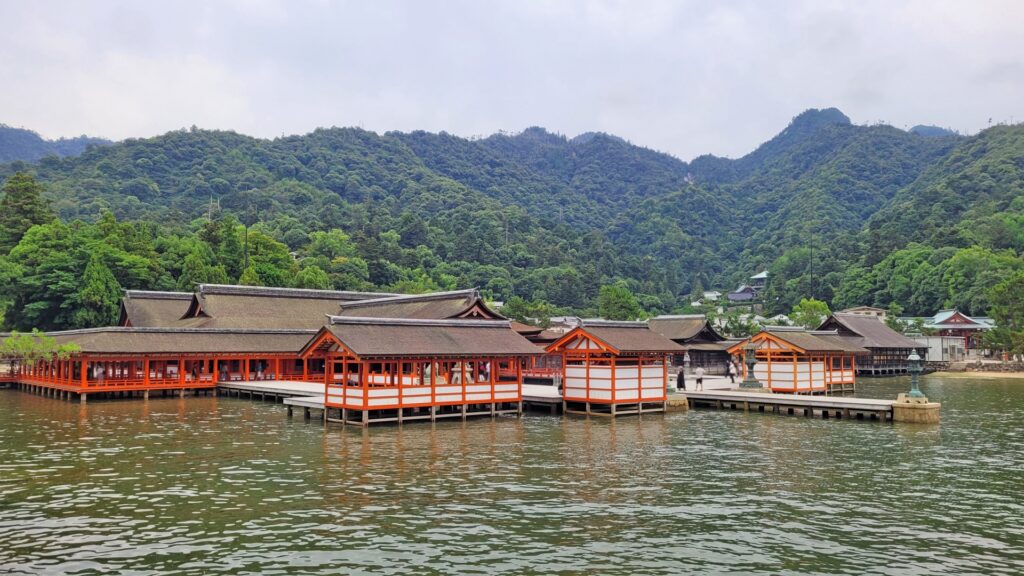
The shrine is made up of many different buildings and structures, some of which have been designated as National Treasures and others as Important Cultural Properties. These include a Main Hall, several subsidiary temples, extensive corridors, multiple bridges, and Noh and dance stages. Itsukushima Shrine is built on the sea, on top of wooden foundation posts. When the high tide comes in, the shrine and its gate appear to be floating. Since the structure is constantly facing the pressure of the moving sea, carefully calculated crevices are present between the floor slabs to help the shrine withstand said pressure.
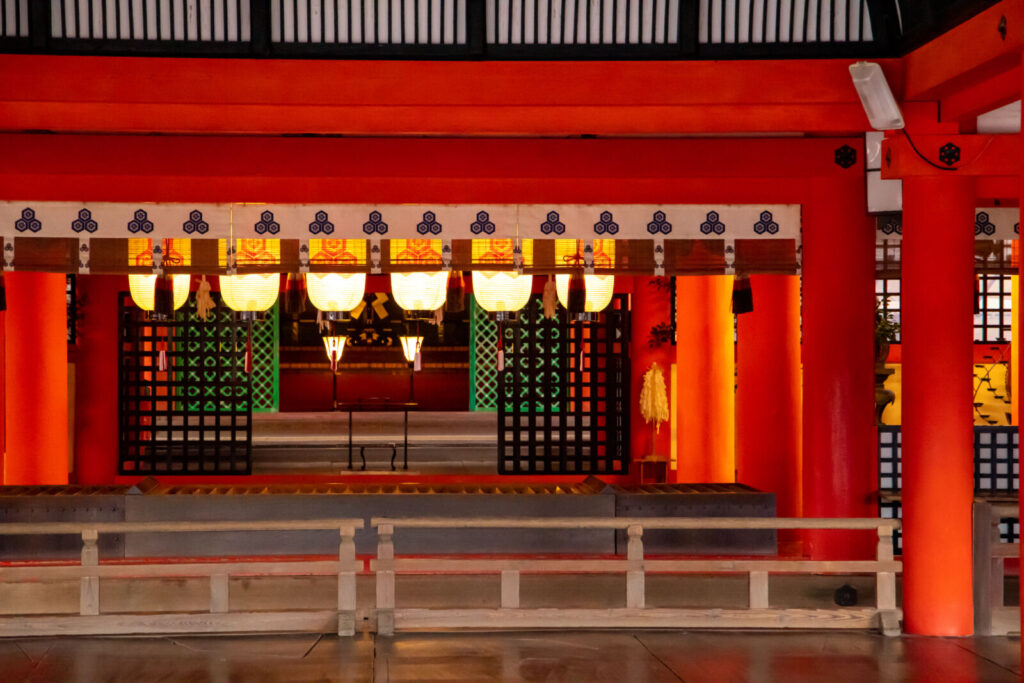
The Main Hall of the shrine is dedicated to three female goddesses who are collectively referred to as the Munakata goddesses. They are said to be the daughters of Amaterasu, Japan’s sun goddess and the most venerated god in Shintoism. These goddesses are believed to be responsible for safe traffic and travel, particularly in regard to seafaring. In the past, when sailing was much more dangerous and Japan's only way of communicating with the Asian mainland was through sea travel, the three goddesses played an important role and were heavily worshiped.
Itsukushima Shrine has been rebuilt and restored many times in the past, mostly due to natural disasters. Typhoons and earthquakes have severely damaged both the main building and the O-torii gate. The last major typhoon which affected the shrine was Typhoon Songda in 2004. The gate also underwent restoration work from 2019 till 2022 to address deterioration caused by sweater and termites. During this time, it was almost completely covered by scaffolding. Today, both the shrine and gate are fully visible to the public.
FLOATING O-TORII GATE
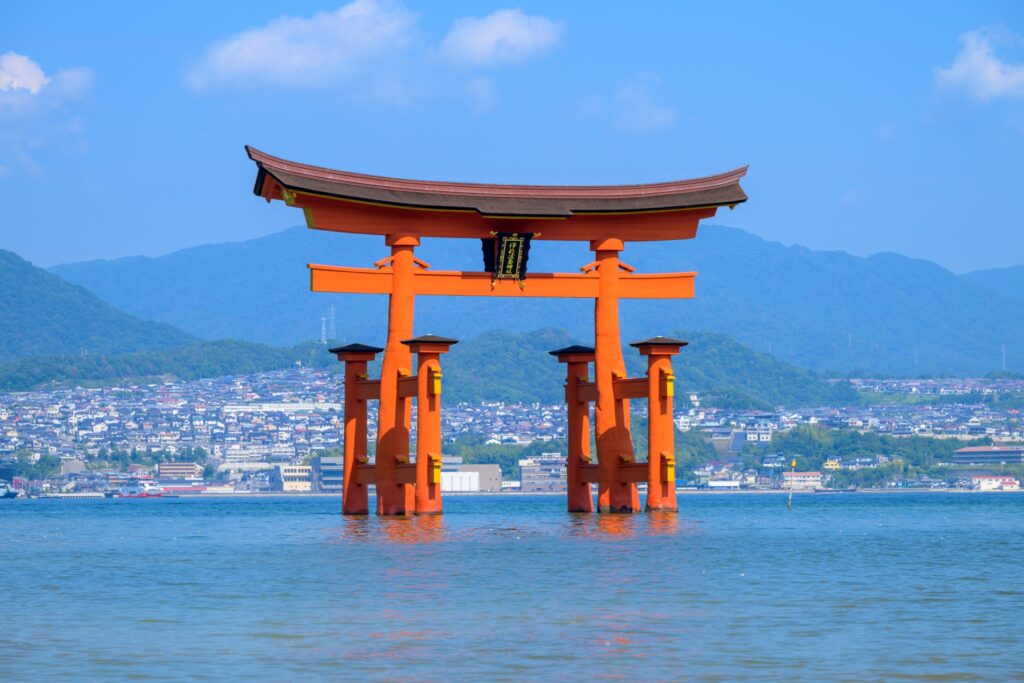
The “floating” torii gate is undoubtedly the island’s and the shrine’s most emblematic structure. As mentioned before, it was first incorporated into the design of Itsukushima Shrine in the late 12th century. Torii gates can be usually found in Shinto shrines and mark the boundary between sacred and ordinary spaces. Though these gates can come in different colors, the most common one is vermillion, a color which is said to ward off evil. The torii gate at Itsukushima shrine is typically referred to as “O-torii” meaning “Grand Torii Gate.” The current one we can see today was built in 1875.
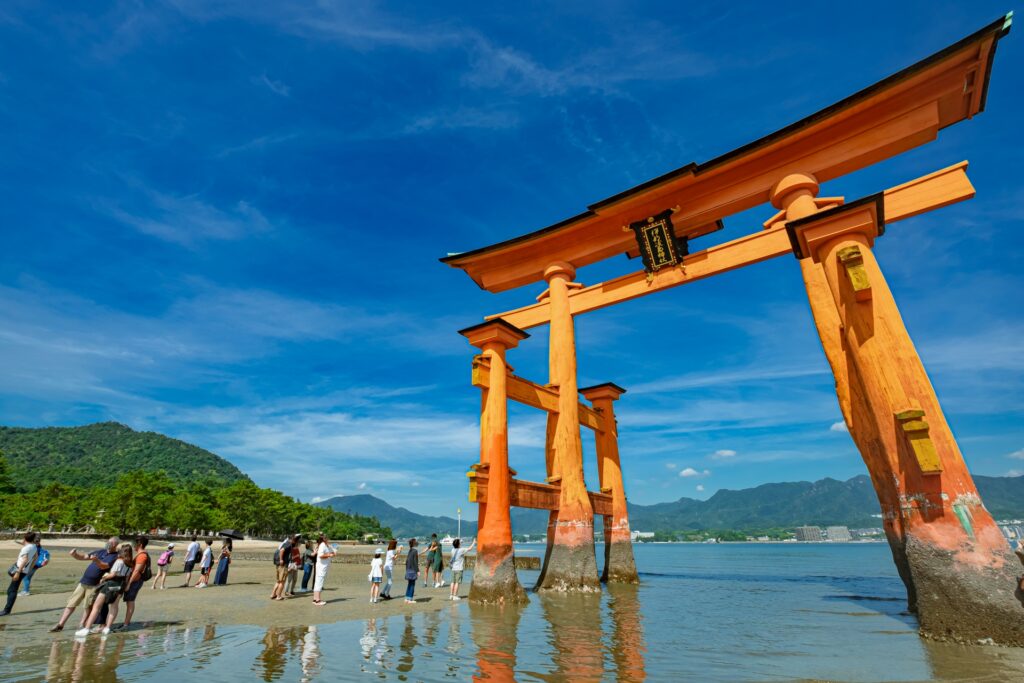
One of the best features of the gate is the fact that it can be appreciated both at high tide and low tide. When the tide is high, the shrine and gate appear as though they are "floating" on the water. When the tide recedes, visitors can walk up to the gate and admire its formidable size and craftmanship from up close. The tide times vary from day to day so we recommend checking them out online a couple of days before your visit so you may have the chance to experience the gate in both ways. Walking up to the gate is free and does not require paying the shrine’s entry fee. Additionally, guests staying past sundown can enjoy the unique site of the gate illuminated by lights till 23:00.
EVENTS AND CEREMONIES
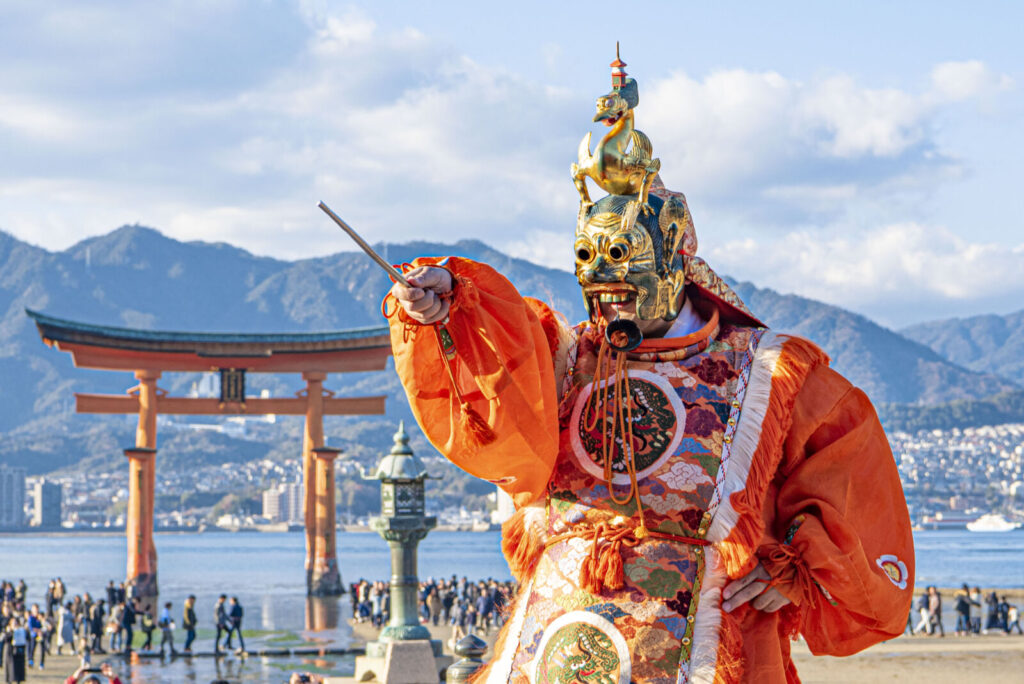
Being such an important holy place and famous tourist destination, multiple events and ceremonies take place inside Itsukushima Shrine throughout the year. To view them, guests only need to pay the usual JPY300 entry fee with no additional charges applied. The list of ceremonies and performances which occur inside Itsukushima Shrine is quite long and complex, so below we have only included information about a few of the most popular ones.
New Year's Ceremonies
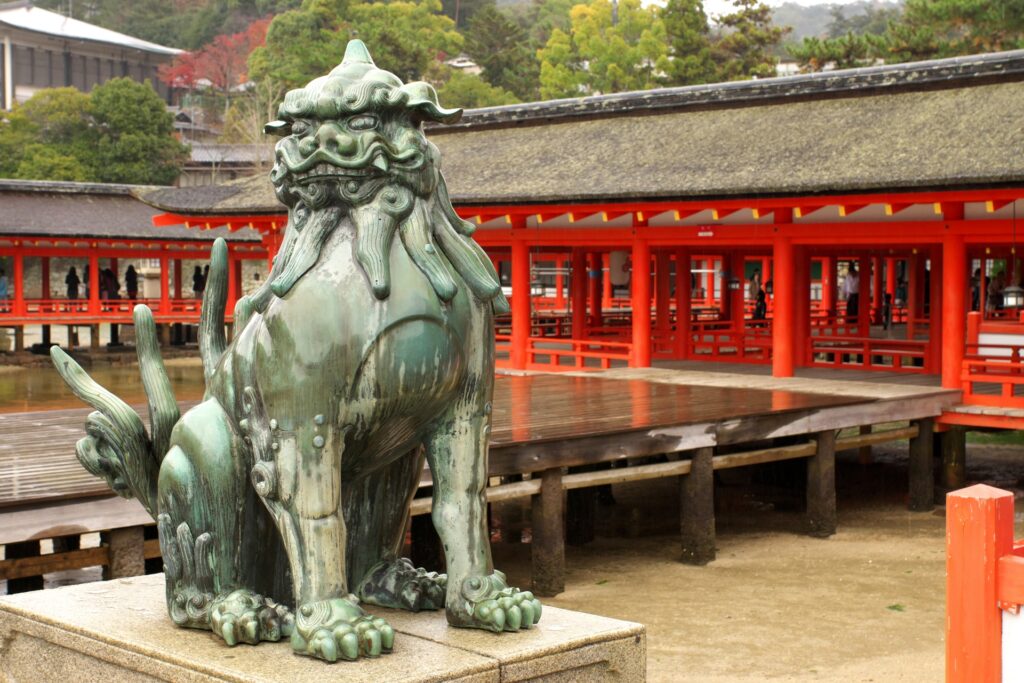
The first week after New Year's Day is the busiest time of the year for shrines and temples across Japan. Locals are rushing to do hatsumōde, the first shrine visit of the year, and while most visit a shrine or temple that is close to their home, others embark on a trip to Japan's most famous and prestigious ones. On Miyajima, the line to enter Itsukushima Shrine extends all the way to the ferry terminal during this time. Several ceremonies take place throughout the day inside the shrine, accompanied by Bugaku (Japanese traditional dance and music) and Noh (form of traditional Japanese theater) performances. The first ceremony starts at midnight on the 1st of January and the last one usually occurs four days later.
Bugaku - Toka-sai and Kikka-sai
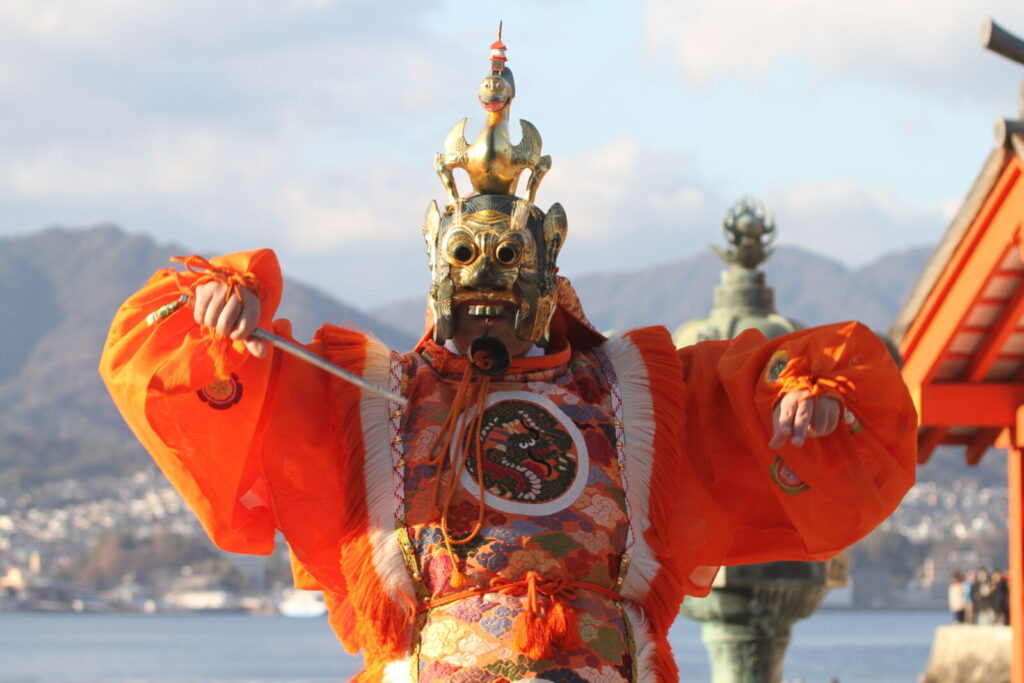
Bugaku is a type of traditional Japanese dance and music which was originally performed to the Japanese Imperial Court. While it was brought over from Kyoto to Miyajima by Kiyomori Taira, its true origins lie in the the traditional dances of China, Korea, India, and Vietnam. Multiple different Bugaku performances take place throughout the year on a stage inside Itsukushima Shrine. The dancers perform programs made up of specific pieces taken from the bugaku repertoire; the programs can range from a single dance to as many as eleven different ones. Toka-sai, the Peach Blossom Ceremony which happens in April, and Kikka-sai, the Chrysanthemum Ceremony which takes place in October, are the events in which most bugaku performances can be observed.
HOW TO GET TO ITSUKUSHIMA SHRINE
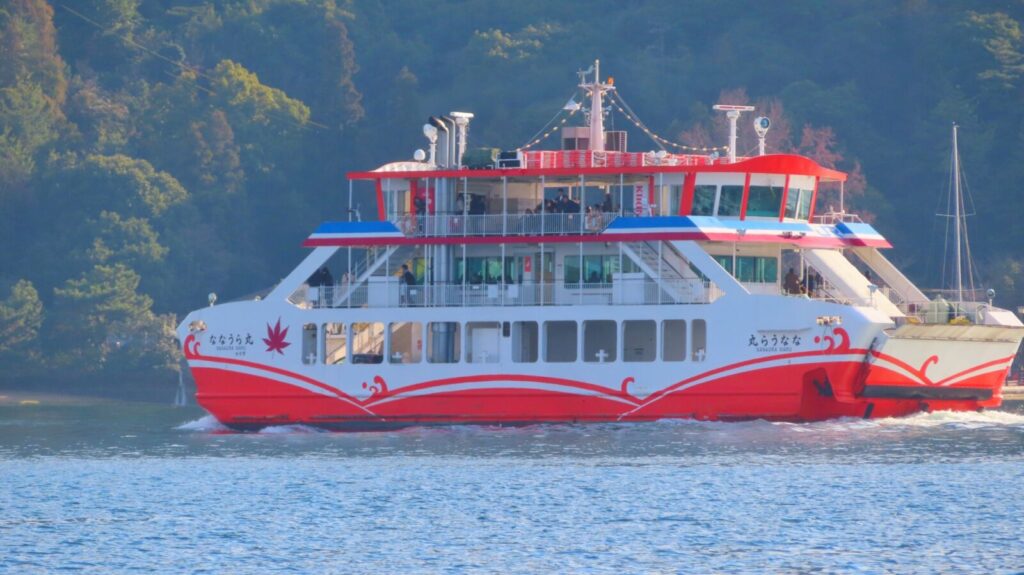
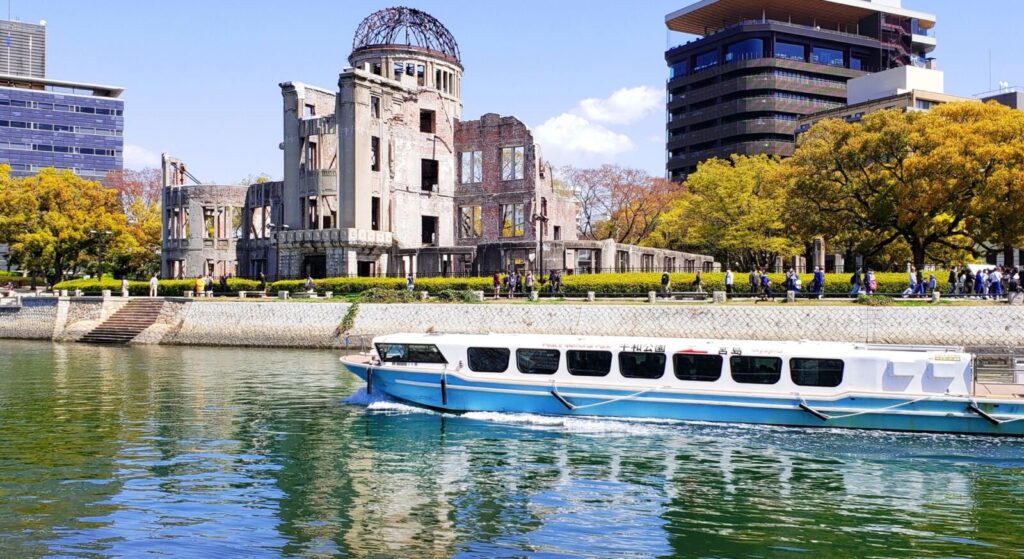
To get to Itsukushima Shrine, guests will first have to make their way to the island of Miyajima. There are multiple ways to reach the island, but all involve some type of ferry service. The cheapest and fastest way to get to the island begins at JR Hiroshima Station. From the station you can take a local train on the San'yo Line bound for Iwakuni or Ono-Ura. These trains run fairly frequently, about every 15 minutes or so. Get off at Miyajimaguchi Station and walk to the Miyajimaguchi Ferry Terminal which is just 3 minutes away. The cost for the train ride is JPY420 and travel time is about 25 minutes.
From here, you can board either the JR West Miyajima Ferry or the Miyajima Matsudai Kisen Ferry. The ferries are run by different companies but both cost the same amount, JPY200 (one-way) for adults and JPY100 (one-way) for children. This total price does not include the obligatory JPY100 visitors tax that all people entering Miyajima must pay. You may purchase your one-way or roundtrip tickets at the Miyajimaguchi Ferry Terminal (return tickets can also be purchased separately on the island) or you can use your IC card to tap-in just as you would for the local trains or buses. The ferries take about 10 minutes to reach Miyajima and run quite frequently.
Once you arrive at the Miyajima Ferry Terminal, you can walk along the coast for 15 minutes to reach the entrance of Itsukushima Shrine. Other ways to get to the island include boarding a ferry which starts at Hiroshima Peace Memorial Park near the Atomic Bomb Dome, or taking the tram to the Miyajimaguchi Ferry Terminal instead of the train. For more information regarding theses other transportation options, head on over to the "How to Get to Miyajima" section on our Miyajima page.
TOURS VISITING ITSUKUSHIMA SHRINE
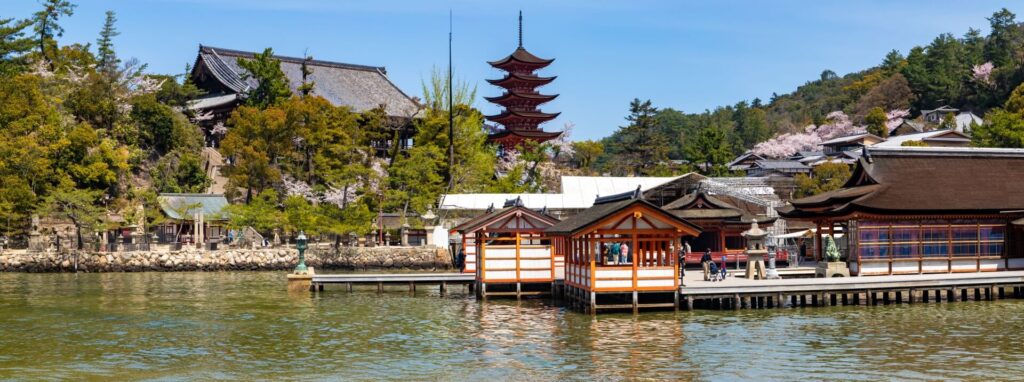
We offer several tours which include a visit to Itsukushima Shrine as well as other popular tourists locations in Miyajima such as Daisho-in Temple and Senjokaku Pavilion. You can look through the options below and see which one best fits your travel plans.
Our 1-Day Hiroshima and Miyajima tour is designed for guests who can only visit Hiroshima Prefecture for one day but wish to get the most out of their trip. Starting from Hiroshima Station, our expert guides will take you to the most famous tourist spots in the city center such as the Atomic Bomb Dome, Hiroshima Peace Memorial Park, and Hiroshima Castle. Then, you will travel to Miyajima where you will be able to visit the island's top locations listed previously. If this is your first time in Hiroshima, this is the best and most efficient way to make use of your time.
If you have already explored the city center and wish to enjoy Miyajima in a more immersive and less fast paced way, then you should consider booking our 1-Day Miyajima tour. Not only will you be able to visit Itsukushima Shrine and the island's other locations mentioned before, but you will also have the opportunity to reach the summit of Mt. Misen. This mountain is one of Miyajima's many treasures and offers stunning views of nature and the Seto Inland Sea. By riding the ropeway to the top and taking part in a short hike to the highest most point, you will experience the scenic beauty of Miyajima in a way you cannot when simply walking along the island's coast.
This final tour is best suited for guests looking for a more unique and distinct travel experience when visiting Hiroshima. In just one day, you will be able to visit two of Japan's most iconic landscapes in two completely different prefectures. Being located in the westernmost part of Hiroshima, the island of Miyajima is conveniently close to the city of Iwakuni within Yamaguchi Prefecture. And in Iwakuni one can find the mesmerizing Kintaikyo Bridge, one of Japan's three most famous bridges. With its distinctive wooden arches and mountainous backdrop it is truly a sight to behold. This special tour will allow you to experience this majestic sight along with the unparalleled Itsukushima Shrine. For more information about Iwakuni and this tour's other stops, click the "View Details" button below.
If you're interested in visiting other places in the Hiroshima area, take a look through our "Best Tours around Hiroshima" page.



